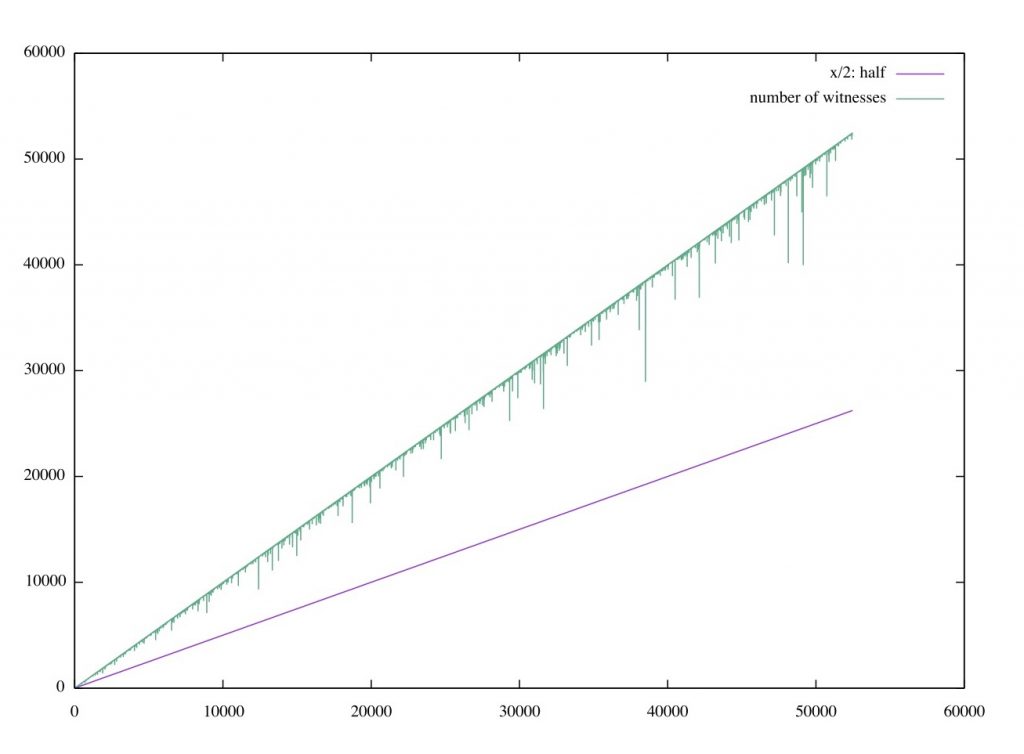I can’t say how happy I am to have AWS. I just got the account set up, started my first instance, and run a simulation for a very interesting project that I am working on with Ryan McIntyre (a student in CS). What took about 15min on my Mac Pro quad core, took 1m40s on the AWS instance.
This is a brave new world! 🙂 . Here us the summary of the experiment:
~/EdgeGraph/EdgeGraph$ time python3 cover_vs_edges.py How many vertices? 7 Generating graphs... Filtering isomorphisms... Sorting graphs... Checking up to 21 edges... 0 / 21 edges complete. 1 / 21 edges complete. 2 / 21 edges complete. 3 / 21 edges complete. 4 / 21 edges complete. 5 / 21 edges complete. 6 / 21 edges complete. 7 / 21 edges complete. 8 / 21 edges complete. 9 / 21 edges complete. 10 / 21 edges complete. 11 / 21 edges complete. 12 / 21 edges complete. 13 / 21 edges complete. 14 / 21 edges complete. 15 / 21 edges complete. 16 / 21 edges complete. 17 / 21 edges complete. 18 / 21 edges complete. 19 / 21 edges complete. 20 / 21 edges complete. 21 / 21 edges complete. elapsed time: --- 96.4 seconds --- real 1m40.000s user 1m36.812s sys 0m0.113s
